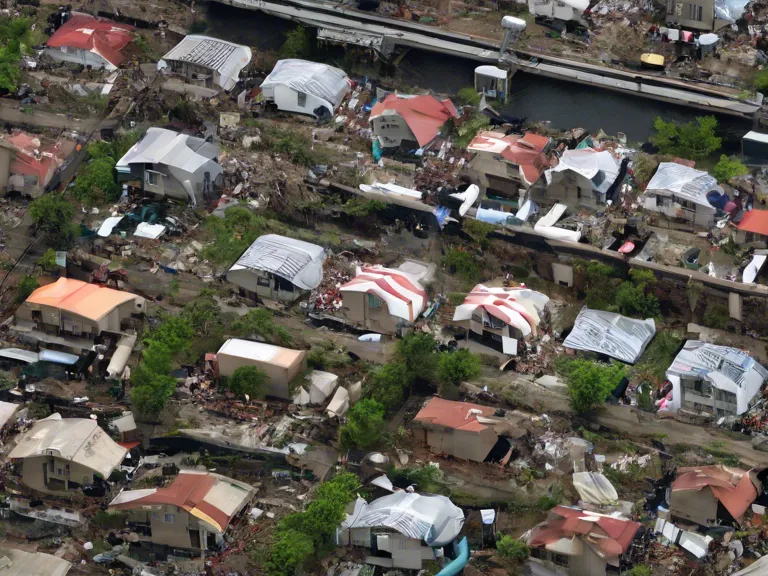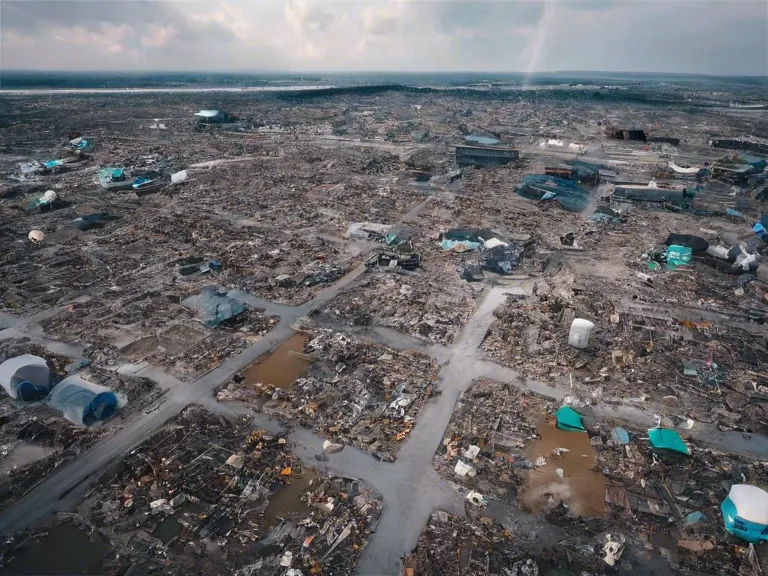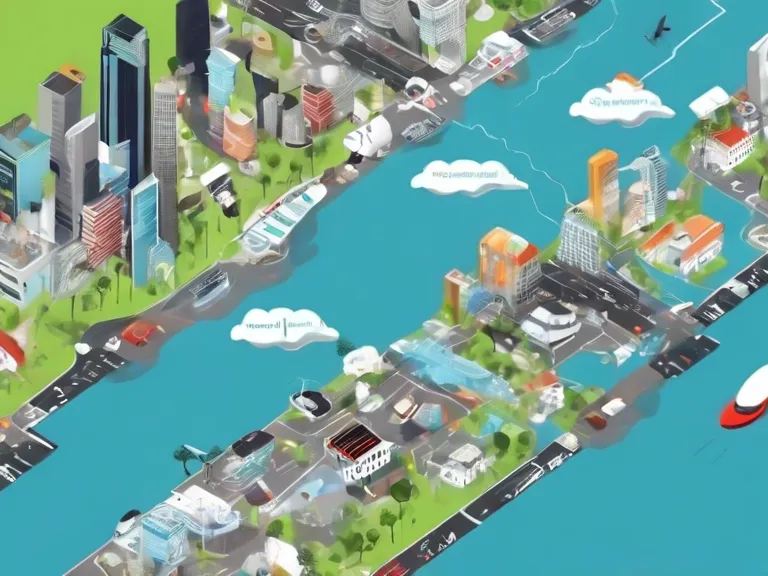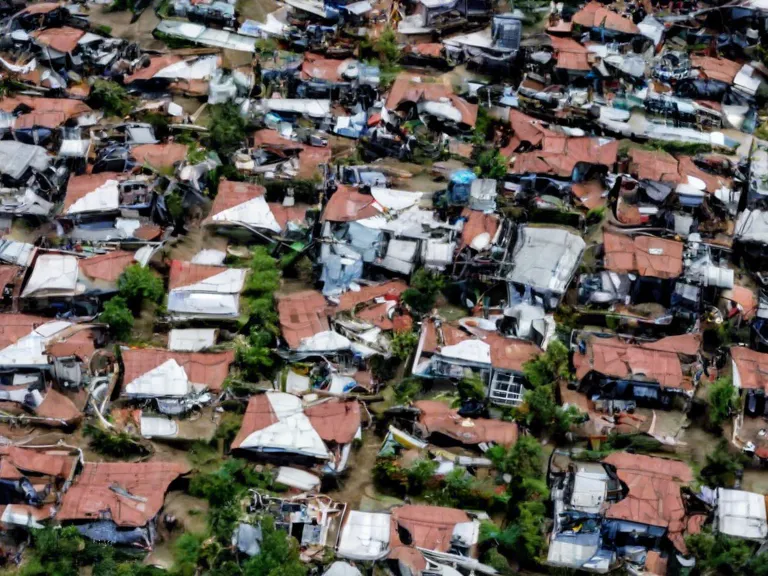
With the increasing frequency and intensity of natural disasters, early detection and warning systems have become crucial for saving lives and minimizing damage. Next-generation technologies are revolutionizing the way we detect and forecast disasters, offering improved accuracy and faster response times. From artificial intelligence to remote sensing, here are some of the cutting-edge technologies being developed for early detection of natural disasters.
Artificial Intelligence (AI) is playing a significant role in early disaster detection by analyzing vast amounts of data from various sources like satellites, weather stations, and social media. By using machine learning algorithms, AI can detect patterns and anomalies that humans might miss, providing more accurate predictions of disasters like hurricanes, earthquakes, and floods.
Remote sensing technologies, such as drones and satellites, are also being used to monitor environmental changes and detect early signs of natural disasters. By capturing high-resolution images and data from the Earth's surface, these technologies can provide real-time information about wildfires, landslides, and other potential hazards, allowing authorities to take proactive measures to mitigate risks.
Internet of Things (IoT) devices are another critical technology for early disaster detection, enabling the collection of real-time data from sensors placed in disaster-prone areas. These devices can measure factors like temperature, humidity, and air quality, providing valuable insights into environmental conditions and potential risks.
Geographic Information Systems (GIS) are essential tools for mapping and analyzing various data sets related to natural disasters. By visualizing data on interactive maps, GIS technologies can help authorities identify vulnerable areas, plan evacuation routes, and allocate resources more efficiently during disaster response efforts.
Overall, next-gen technologies are revolutionizing the way we approach disaster detection and response, offering new tools and strategies to protect communities and save lives. By leveraging AI, remote sensing, IoT devices, and GIS technologies, we can improve the accuracy and timeliness of disaster warnings, ultimately reducing the impact of natural disasters on our society.



